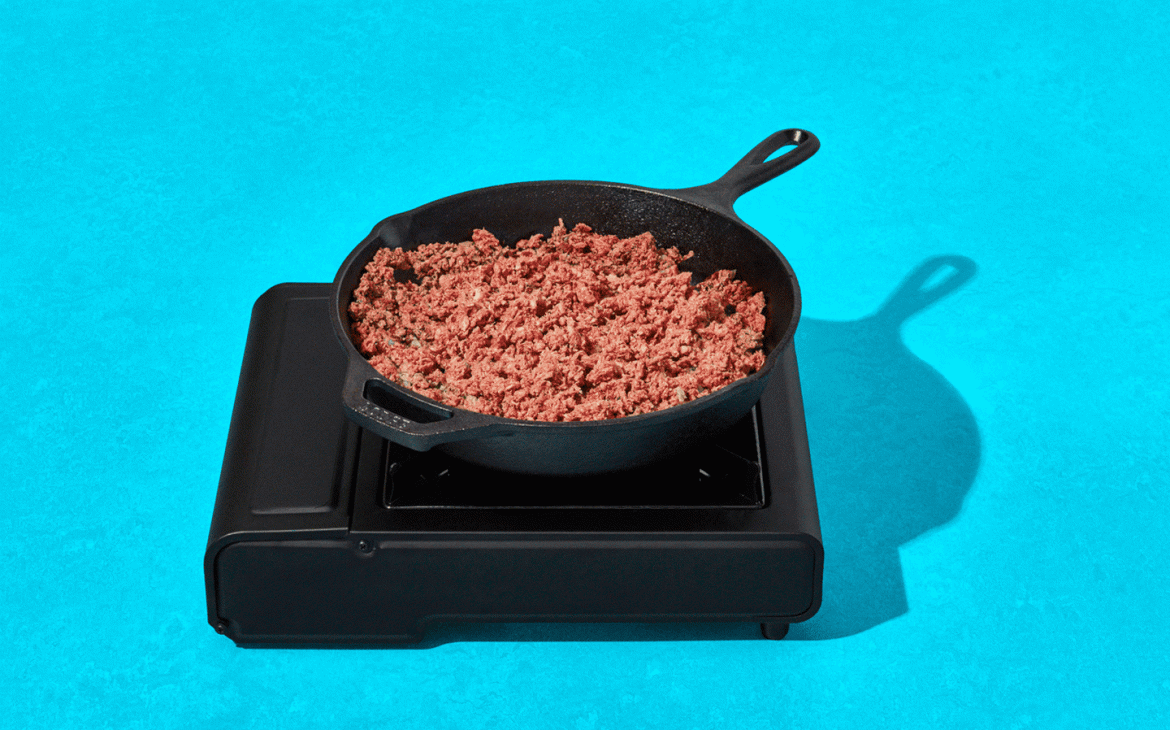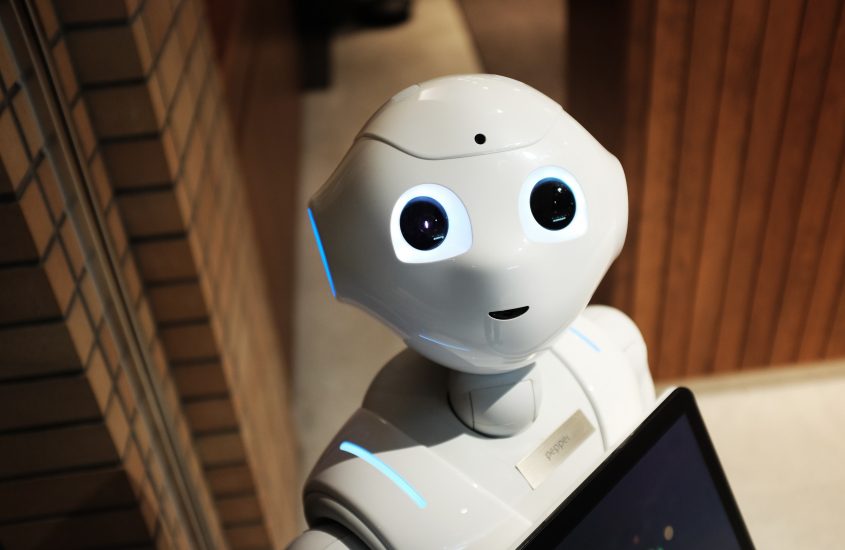It took place in Las Vegas, January 7-10, the Consumer Electronics Show. Better known as CES, the event “has served as the proving ground for innovators and breakthrough technologies for 50 years — the global stage where next-generation innovations are introduced to the marketplace”, as they introduce themselves.
Forbes had already indicated that sustainability would be a trend at CES and some press media vehicles named this 2020 edition as the greener one. Although I do not like the term “green” to refer to sustainability, I do believe that the environmental issue is still an important issue we should care about.
The technological race places on the market new gadgets with breakthrough apps that make life easier and closer to the “future”, but this is just one side of the coin. On the other face of this coin we find obsolescence and the discard of less desirable electronic devices that, although still perform well, are replaced by consumers.
The Global E-Waste Monitor, published in 2017, showed that electronic waste generated by each inhabitant of the planet in 2016 was, on average, 6.7 pounds. It is estimated that this number will grow annually, between 3 and 4% by 2021, reaching almost 7 pounds per person.
“In 2016, 44.7 million metric tonnes of electronic waste were generated. This is an equivalent of almost 4,500 Eiffel towers”
The global E-Waste Monitor
In addition to the large volume of waste generated, the selective waste collection of electronic items still represents a challenge. Europe collects 35% of what is discarded, followed by the Americas with 17%, Asia 15%, Oceania 6% and Africa close to 0%.
Despite the tendency to incorporate sustainability at the fair, only 85 of the event’s 4,500 exhibitors will be companies focused on sustainability, according to the event’s executive vice president, Karen Chupka. (Magazine Interview – Público)
An Example in The Fashion Industry
During the CES event, Solo New York, an accessory brand that produces itens such as handbags, backpacks and luggage presented the Re:cycled collection, made from 100% recyclable and biodegradable material. At the website they explain the entire process of manufacturing.
Here in Brazil, C&A created a business strategy aimed at generating a positive impact on the fashion industry. They launched the #viewmoving movement with three pillars: sustainable products, sustainable supply chain and sustainable lives.
Other Innovations
Besides the Solo NY, Targus, which is a leader in cases and accessories for laptops, launched the Cypress EcoSmart collection that is certified by Global Recycled Standard (GRS) and also makes use of recycled material in products.
Innovations in other fields:

- Sunleavs is a system for sharing solar energy
- Liberate Air are wireless headphones made by bamboo and recicled aluminum
- Impossible Food (https://impossiblefoods.com/food/), startup that aims to eliminate meat from humam meals.
- LG Harvester is a fridge for growing herbs indoors
I will continue to hope that these sustainable businesses and solutions grow every year. I loved to know what was already presented, especially this fridge for growing herbs indoors. It will become an object of desire, but only when my current one really needs to be changed.

* English is not my native language. If you find any opportunity of improvement, let me know. I’ll love to learn from the experts!
Photo by Alex Knight on Unsplash
Sources
https://www.publico.pt/2020/01/06/tecnologia/noticia/velha-ces-chega-2020-verde-1899130
